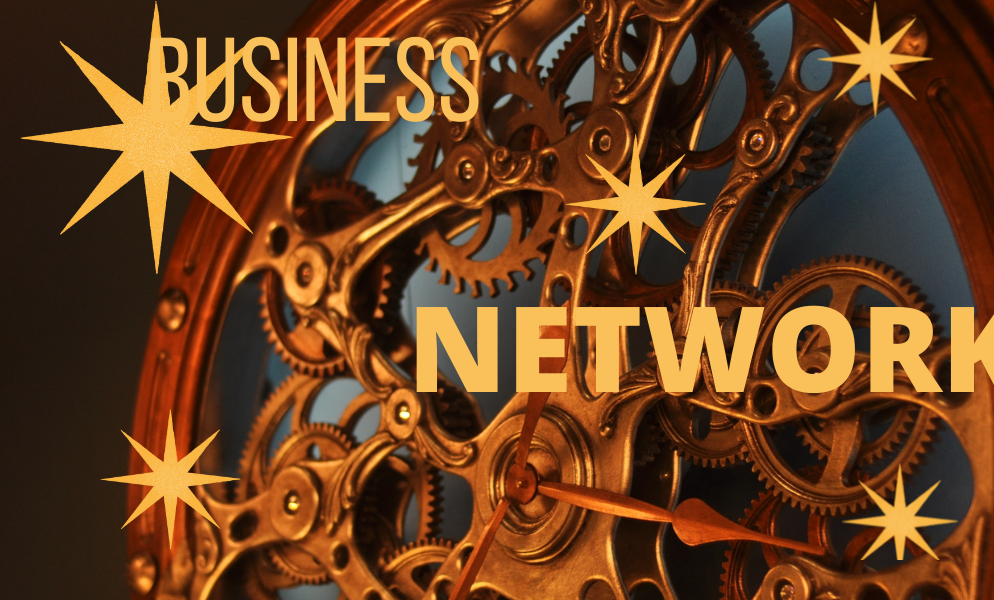Business Transformations of Supply Chain Management
19 years ago, when studying for MBA, our Professor in Change Management, Dexter Dunphy told us that Change Management is nothing but management of downside.
I understood that his point was every change has a downside - and as a change manager, the most important job you have to do is to understand the downside of the change being proposed, and manage it well enough.
When I became a management consultant with a top-tier strategy house after my MBA, I took his dictum to heart, and it served me well through several change management projects.
Those who were most affected by change appreciated the fact that the change was managed in a sensitive and caring manner - rather than imposed abruptly.
After a few years, when we started our current boutique consulting house, I started to notice another pattern. This was that many companies could accelerate their change management by skipping one entire generation of Supply Chain Management (SCM) in their efforts to make their businesses more modern.
About Business Transformations of Supply Chain Management
In other words, change management would entail moving from SCM 0.0 to SCM 1.0 or from SCM 1.0 to SCM 2.0 or from SCM 2.0 to SCM 3.0. On the other hand, many companies would want to take up an accelerated path - jumping 2 steps at a time - e.g. SCM 0.0 to SCM 2.0 or from SCM 1.0 to SCM 3.0.
This enabled them to frequently leapfrog their competitors, and transform their businesses rapidly and systematically.
This was nothing different from many companies skipping a generation of Microsoft Windows when they upgraded their operating systems - for example skipping Windows Vista and jumping from Windows XP to Windows 7.0. The reasons were different, yet the methods were similar.
While change management entailed managing the downside for those who were affected by change, business transformation was more about understanding and managing resistance.
By now, downside management has already become a big enough industry - just look at the number of large outplacement consulting houses, HR consultancies, and the booming business they do through the ups and downs of business cycles.
Business Transformations will lead to a second boom in these.
If a business keeps up with the SCM evolution and moves with it, there will be a greater need for leadership training, corporate cultural adjustment, collaboration training and less outplacement and redundancies.
And, there will be a need for understanding, managing and using resistance to further business transformation. What is the nature of resistance? What is the reason?
How to identify 4 different types of resistance? How to use resistance to accelerate positive business transformations? That will be the topic of my next blog.
Different Topic Business Transformations of Supply Chain Management





